Right after the deal takes effect, more than 85.6 percent of tariff lines imposed on Vietnamese products, equivalent to 70.3 percent of Vietnam’s export value to the EU, will be removed. After seven years from the effect of the agreement, the EU will abolish 99.2 percent of tariff lines, or 99.7 percent of Vietnam’s export revenues. For the remaining 0.3 percent, the EU pledges to provide Vietnam with tariff quota of 0 percent.
The level of commitment in the EVFTA is the highest that a partner has made under any FTA Vietnam has signed. It has significant meaning especially as the EU has been one of the two largest export markets of Vietnam for many years.
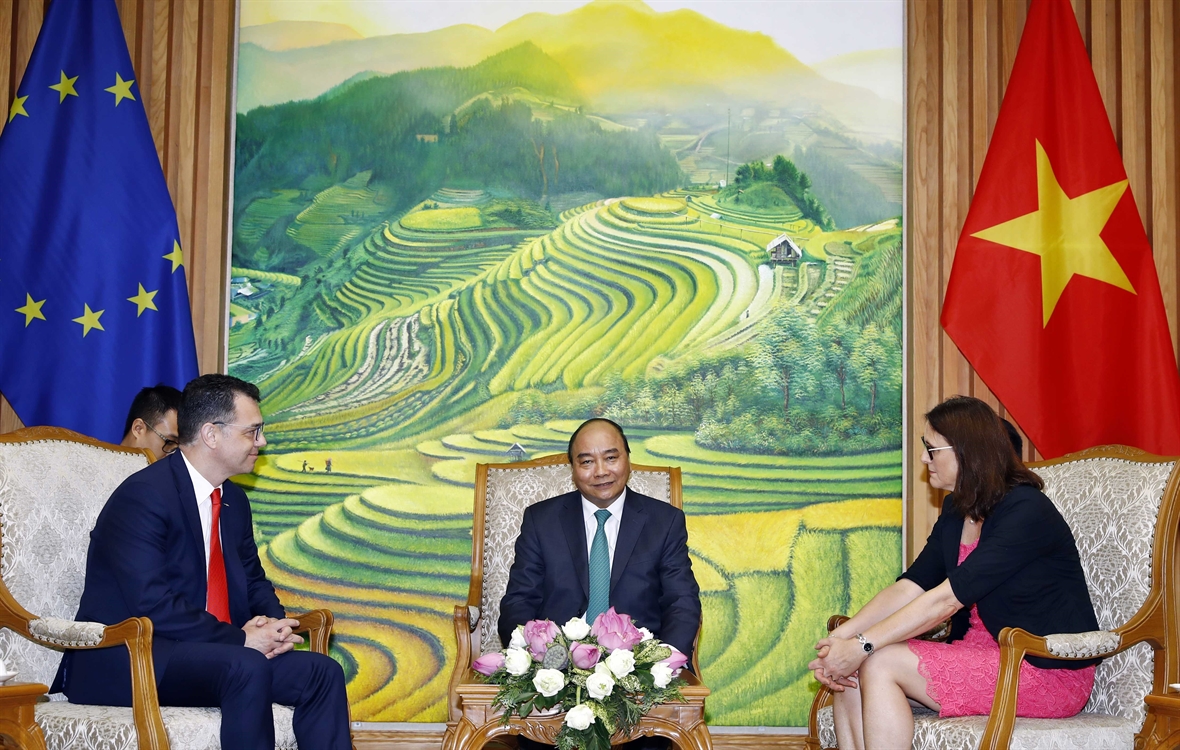
Prime Minister Nguyen Xuan Phuc receives Romanian Minister for Business Environment, Commerce, and Entrepreneurship
and EC representative Stefan-Radu Oprea, and EU Commissioner for Trade Cecilia Malmetrom,
who are in Vietnam to attend the signing ceremony of the EVFTA and the EVIPA. Photo: Thong Nhat/VNA
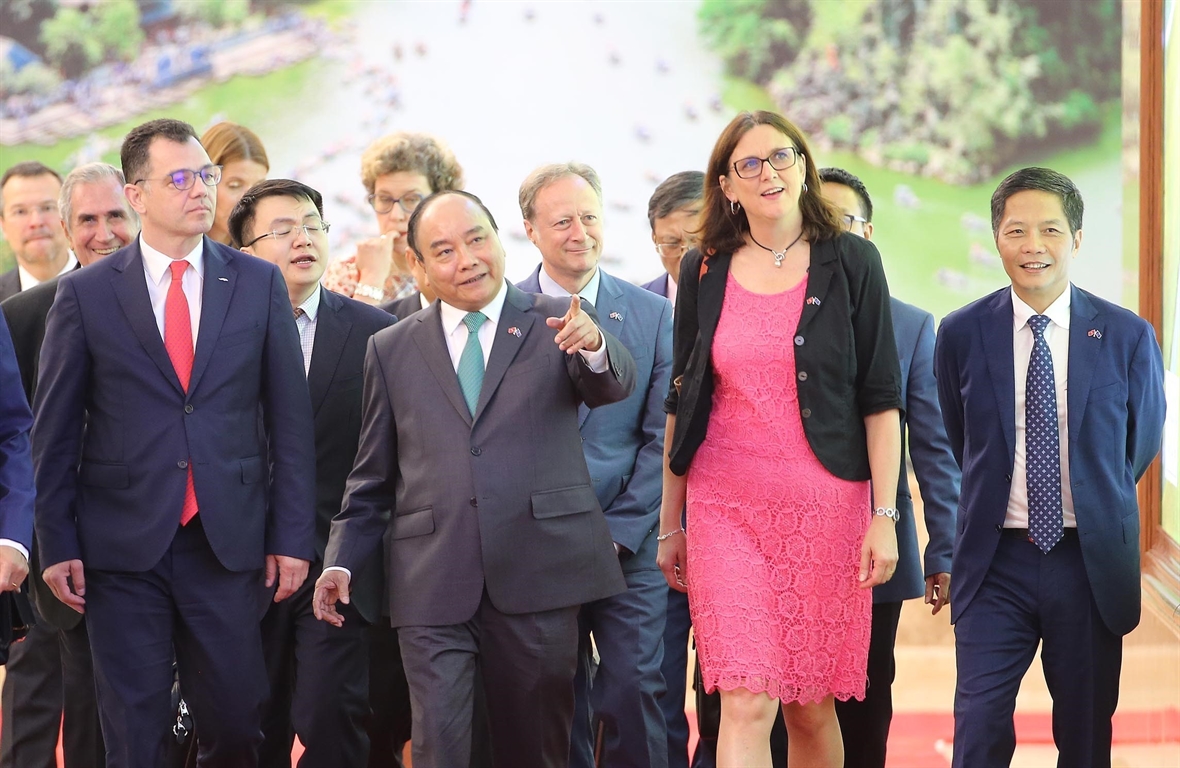
Before the signing ceremony. Photo: Lam Khanh/VNA

Prime Minister Nguyen Xuan Phuc witnesses the signing of the Vietnam-EU Free Trade Agreement
and the Investment Protection Agreement. Photo: Thong Nhat/VNA
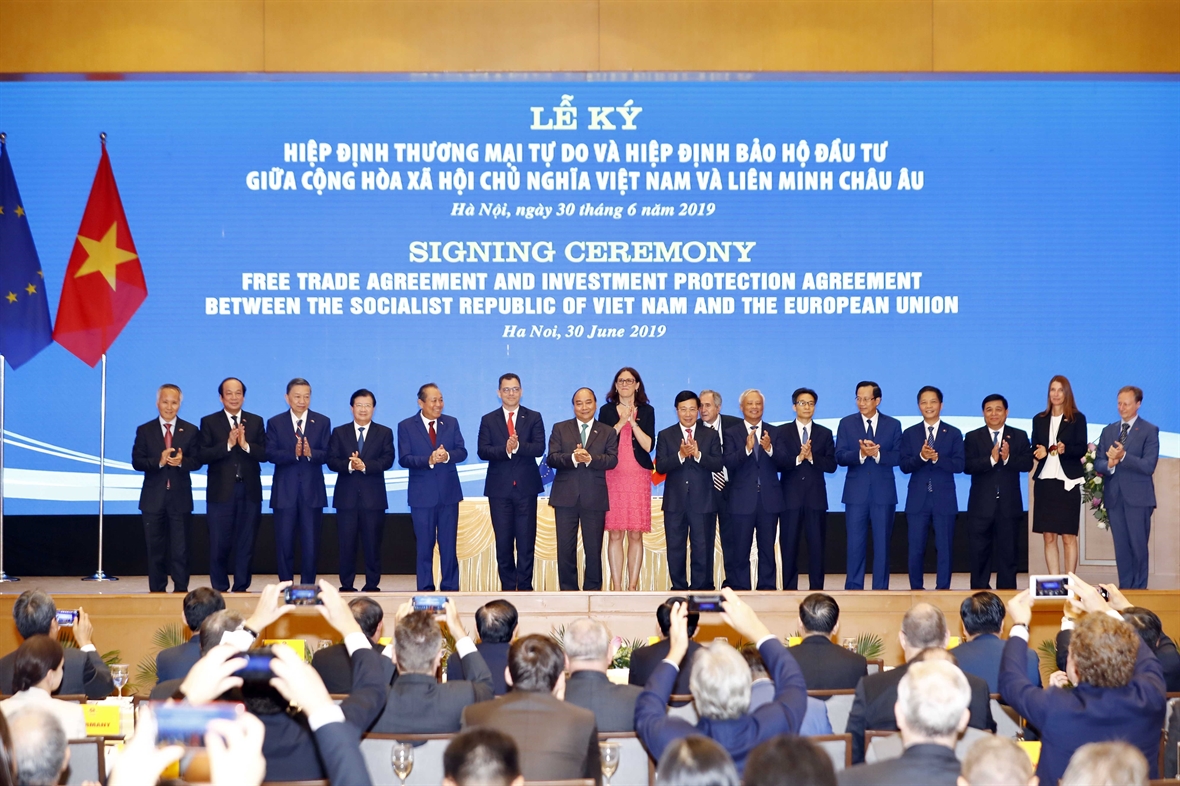
Delegates at the signing ceremony. Photo: Thong Nhat/VNA

At a photo exhibition held by the Vietnam News Agency on the si. Photo: Thong Nhat/VNA
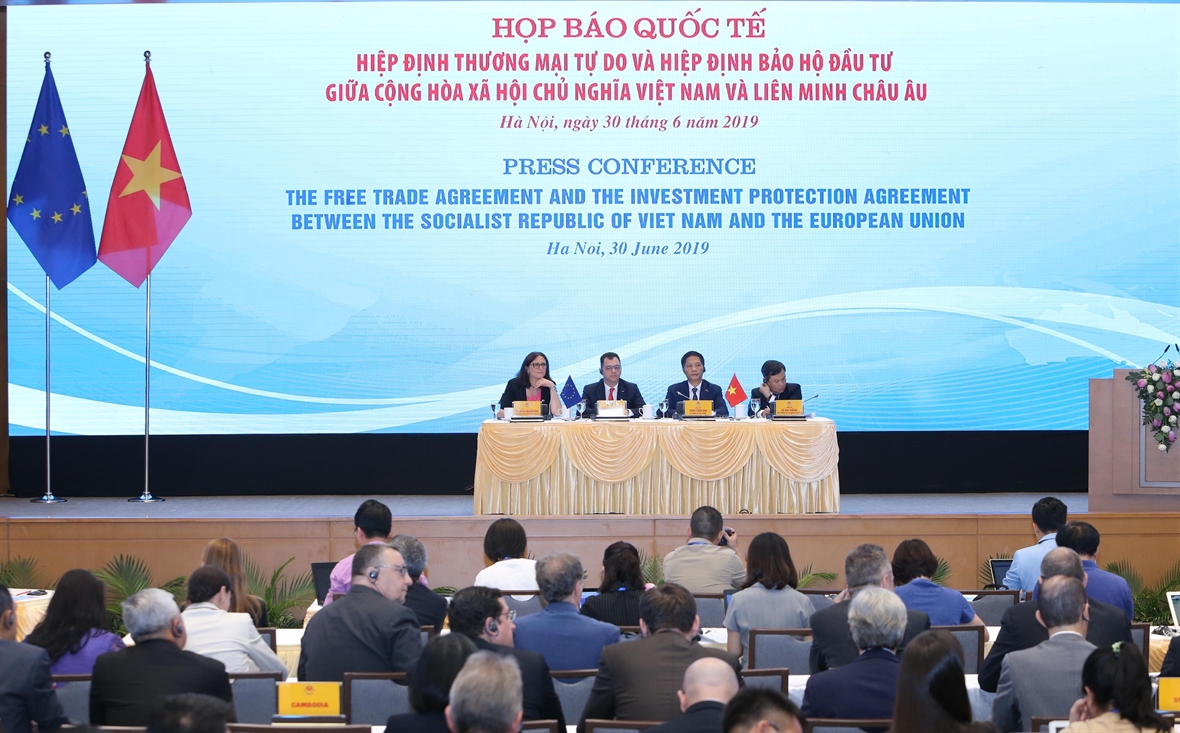
An international press conference on the signing of the agreement is held in Hanoi. Photo: Lam Khanh/VNA |
Vietnam also commits to remove 48.5 percent of import tariffs on goods from the EU, or 64.5 percent of the bloc’s export turnover, immediately after the deal takes effect. The figure will be increased to 91.8 percent seven years later. For the remaining EU exports, Vietnam will apply a tariff elimination roadmap for longer than 10 years or apply the WTO’s duty quota.
According to the Ministry of Planning and Investment, revenues from exports to the EU are estimated to increase by 20 percent in 2020, 42.7 percent in 2025 and nearly 44.4 percent in 2030. Imports from the EU will also rise, estimated at nearly 15.3 percent in 2020; 33 percent in 2025; and 36.7 percent in 2030.
With the signing of EVFTA, Vietnam also has the opportunities to raise its economic competitiveness and form new value chains.
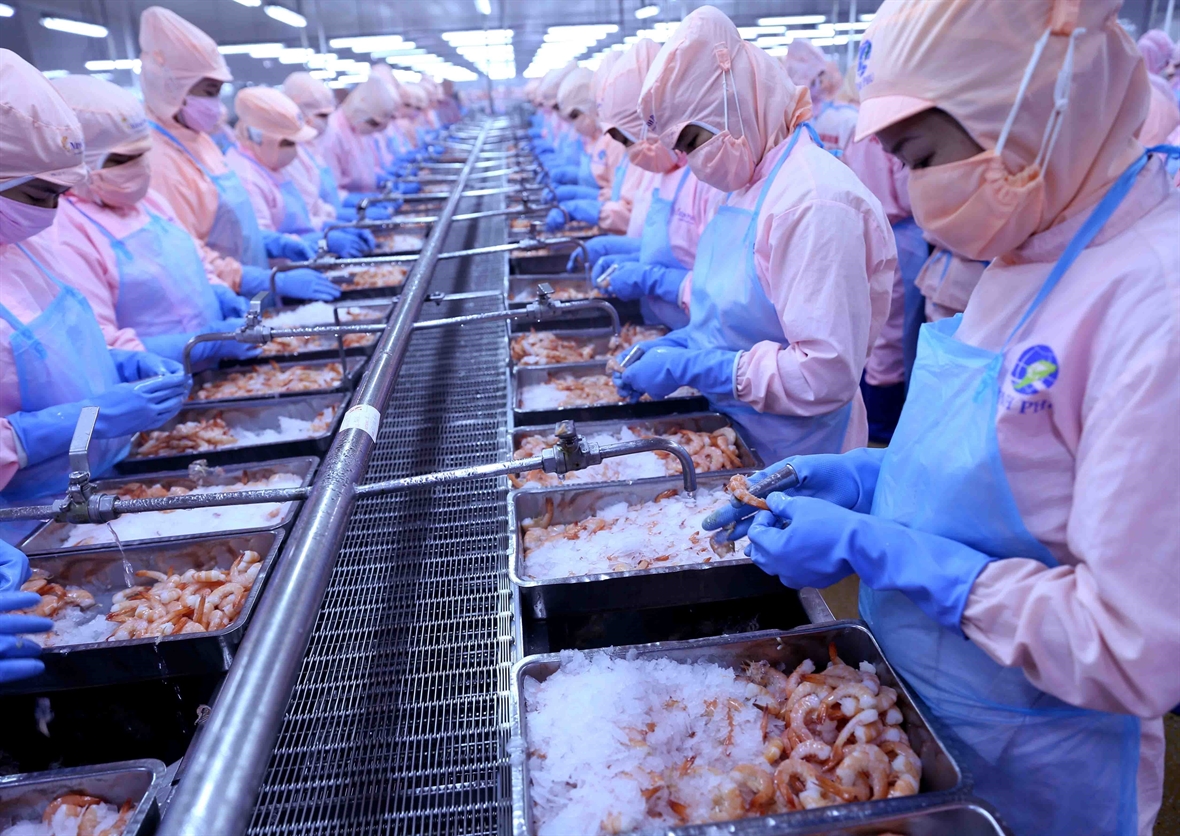
A frozen shrimp processing line at the Minh Phu Seafood Joint-Stock Company in Hau Giang province. Photo: Vu Sinh/VNA
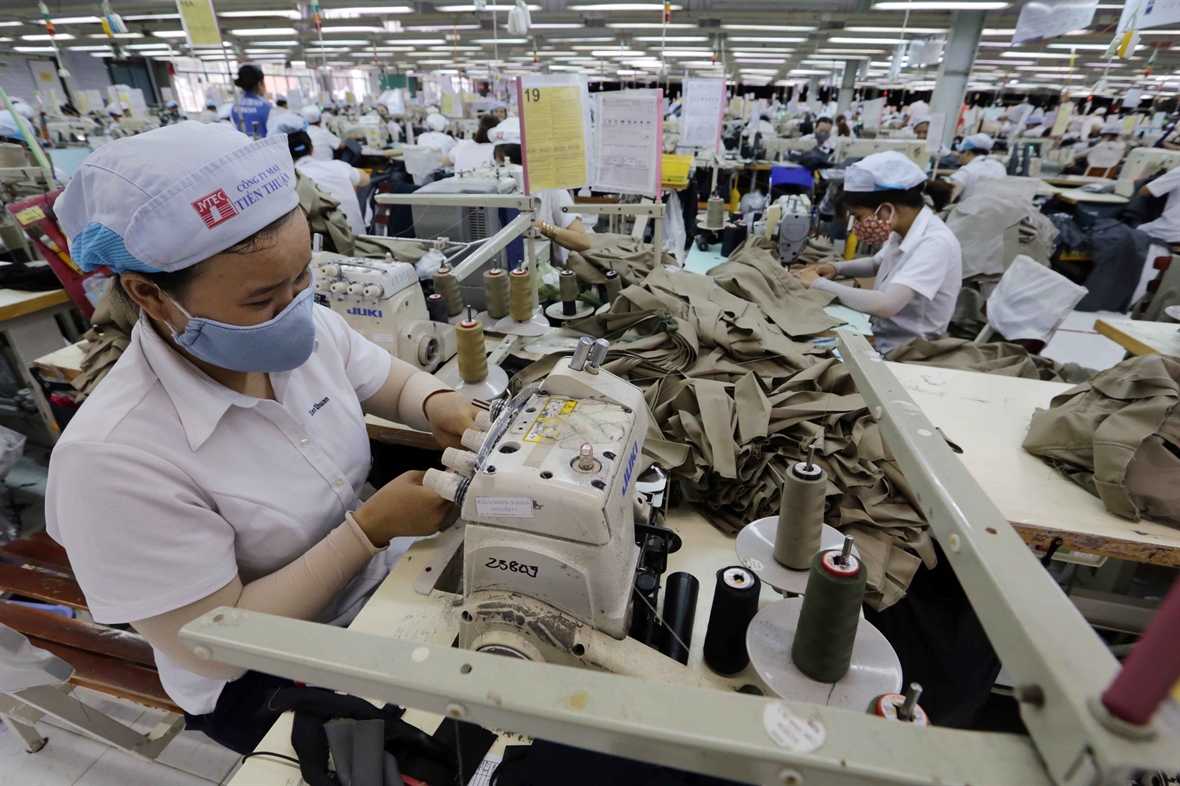
The Tien Thuan Garment Co., Ltd. in Phan Rang, Ninh Thuan province,
is a subcontract maker of garments for export to the EU. Photo: Tran Viet/VNA
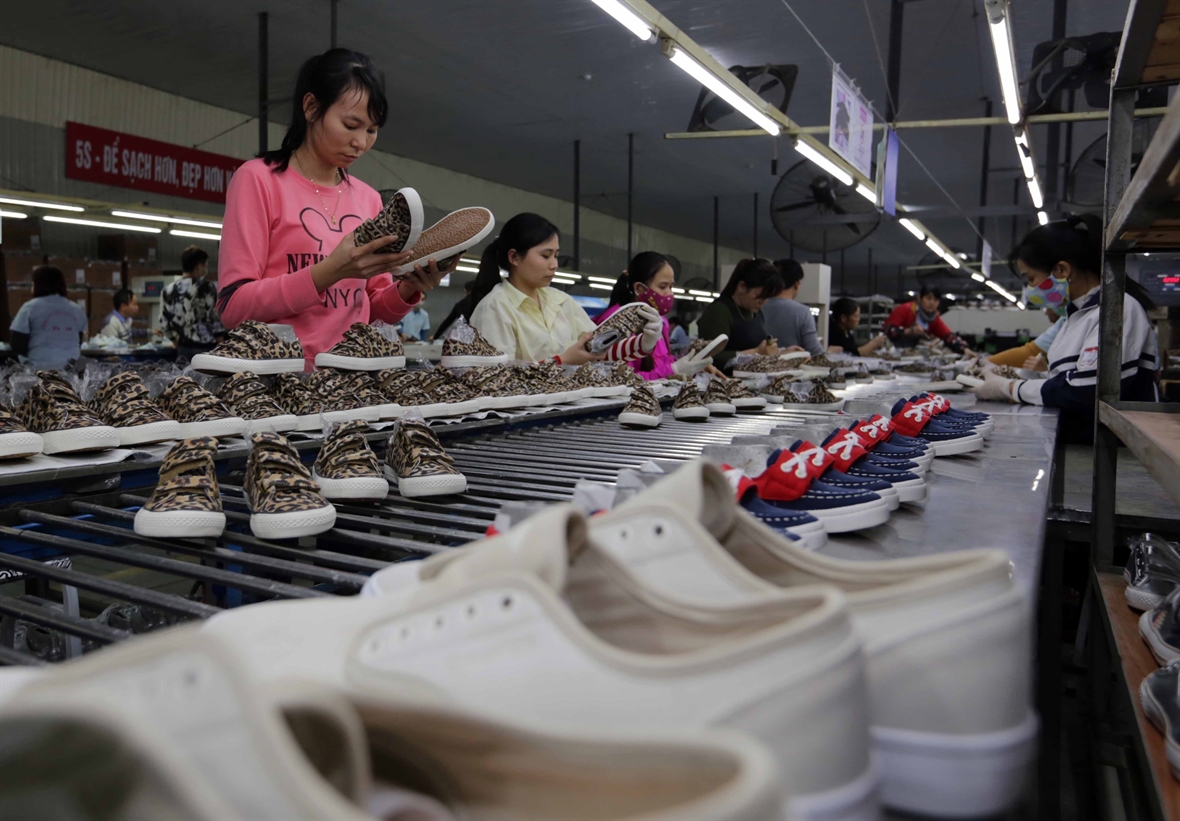
The EVFTA opens up opportunities for the footwear industry to boost exports to the EU. Photo: VNA
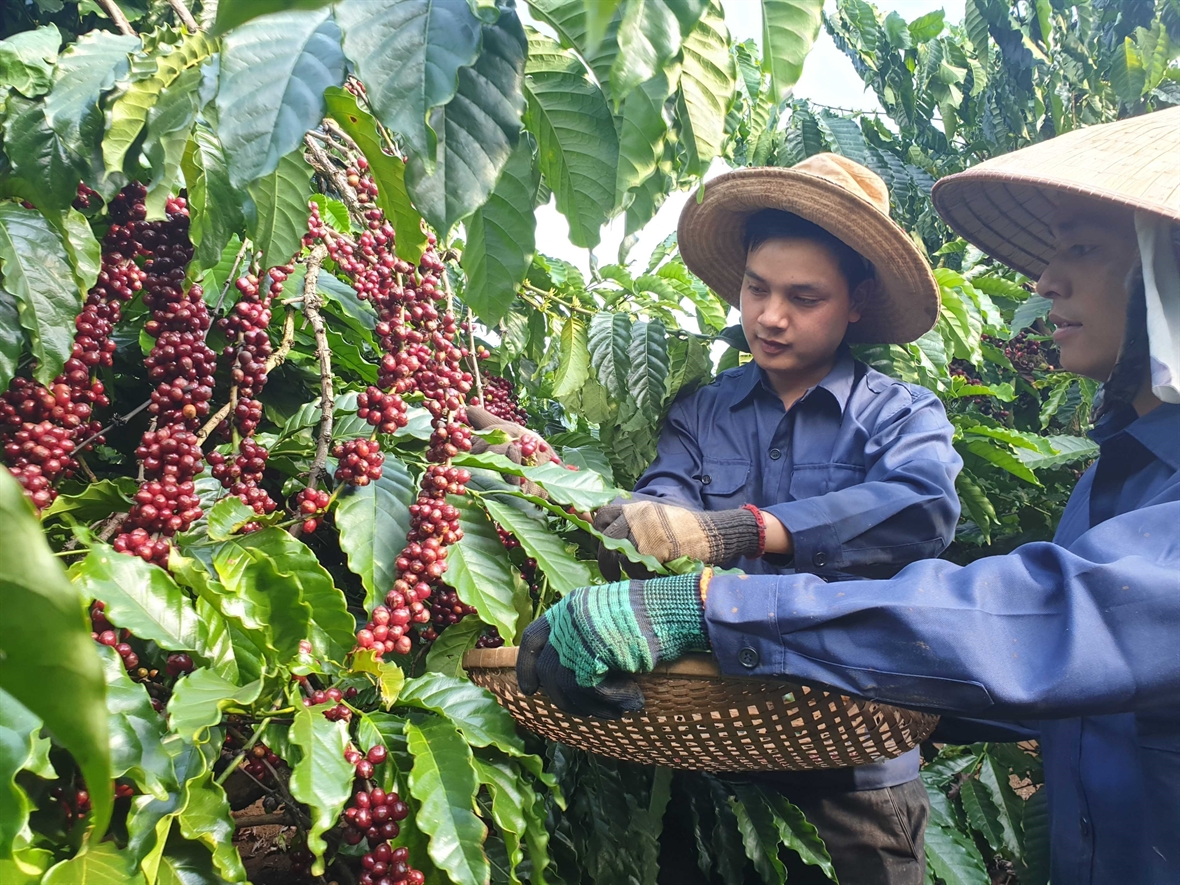
Vietnam’s coffee and tea exports to the EU are expected to surge after the EVFTA. Photo: VNA
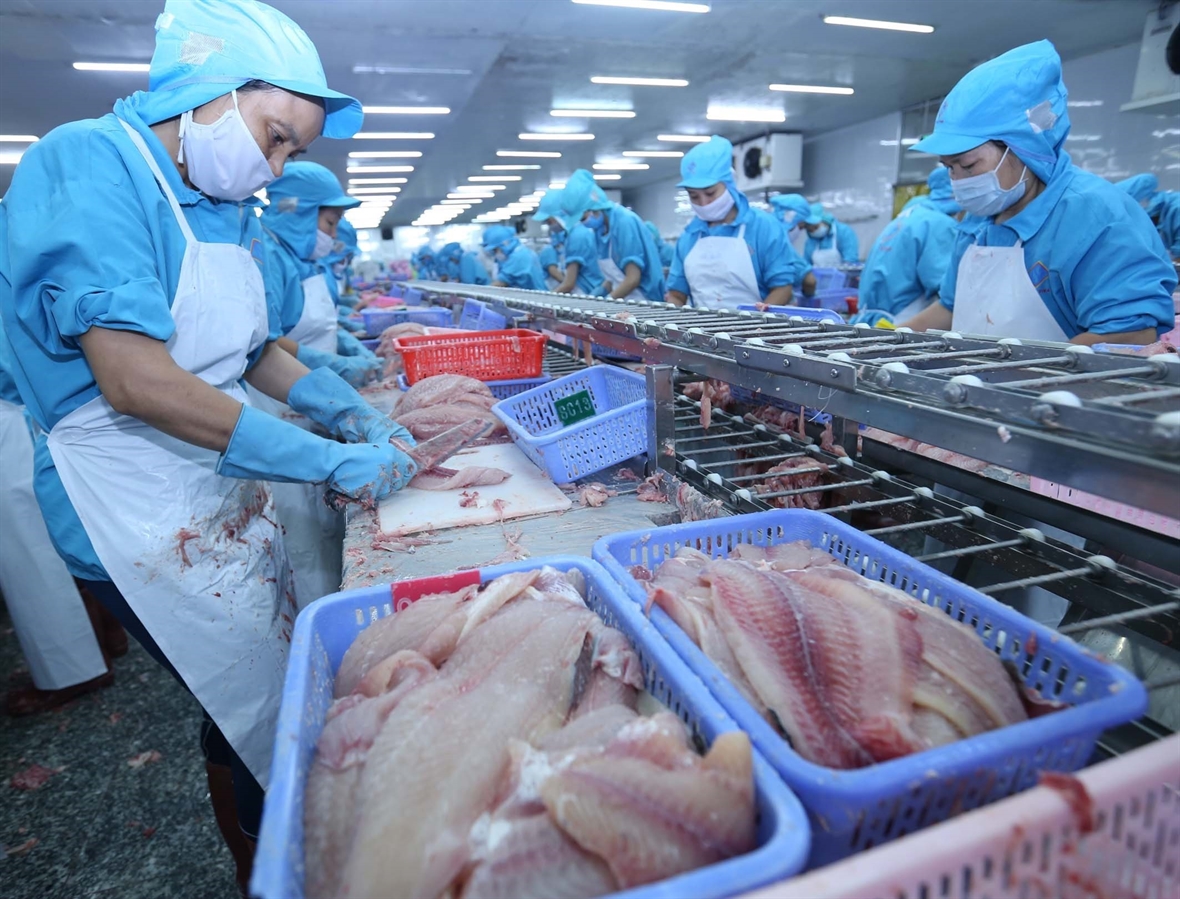
Vietnam exports tra fish mostly to the US, EU, Mexico, Brazil, Colombia and ASEAN. Photo: Vu Sinh/VNA

Assembling Peugeot Traveller cars at Truong Hai Auto Corporation (THACO) in Quang Nam province. Photo: VNA
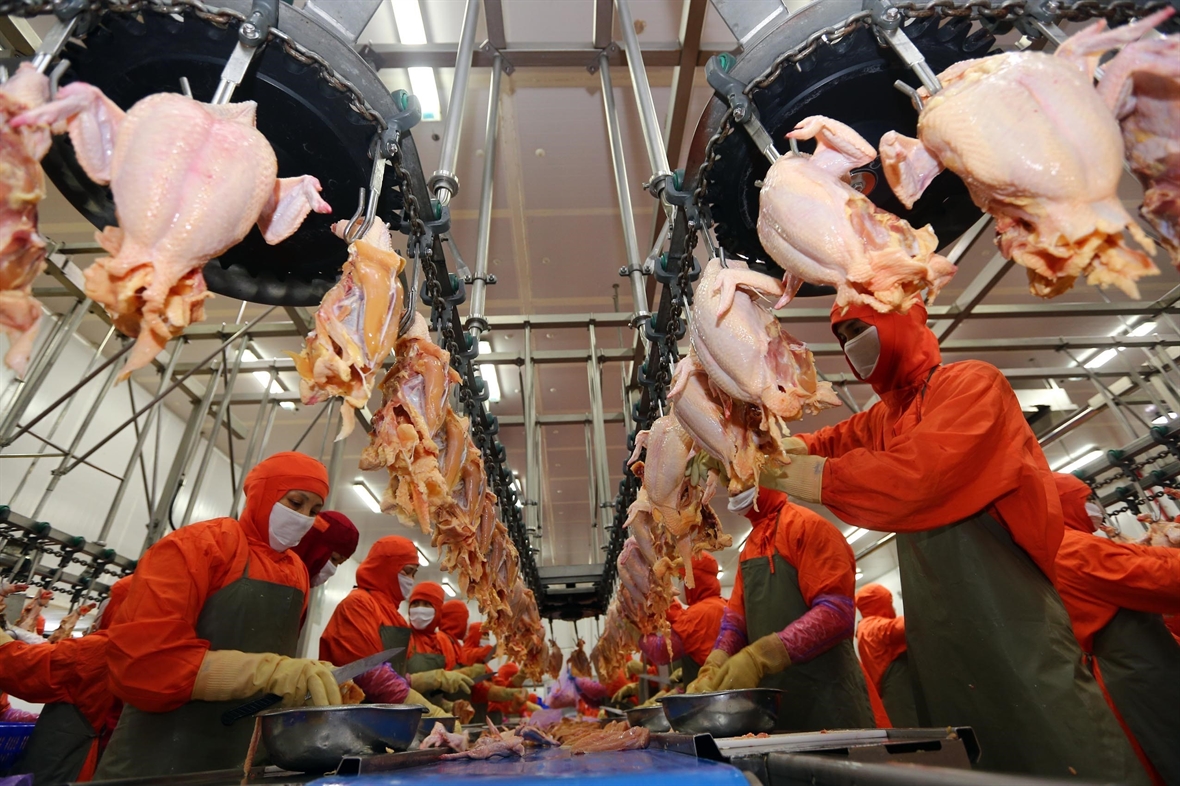
Processing sausage with European sterilization technology at C.P Vietnam in Hanoi. Photo: Danh Lam/VNA
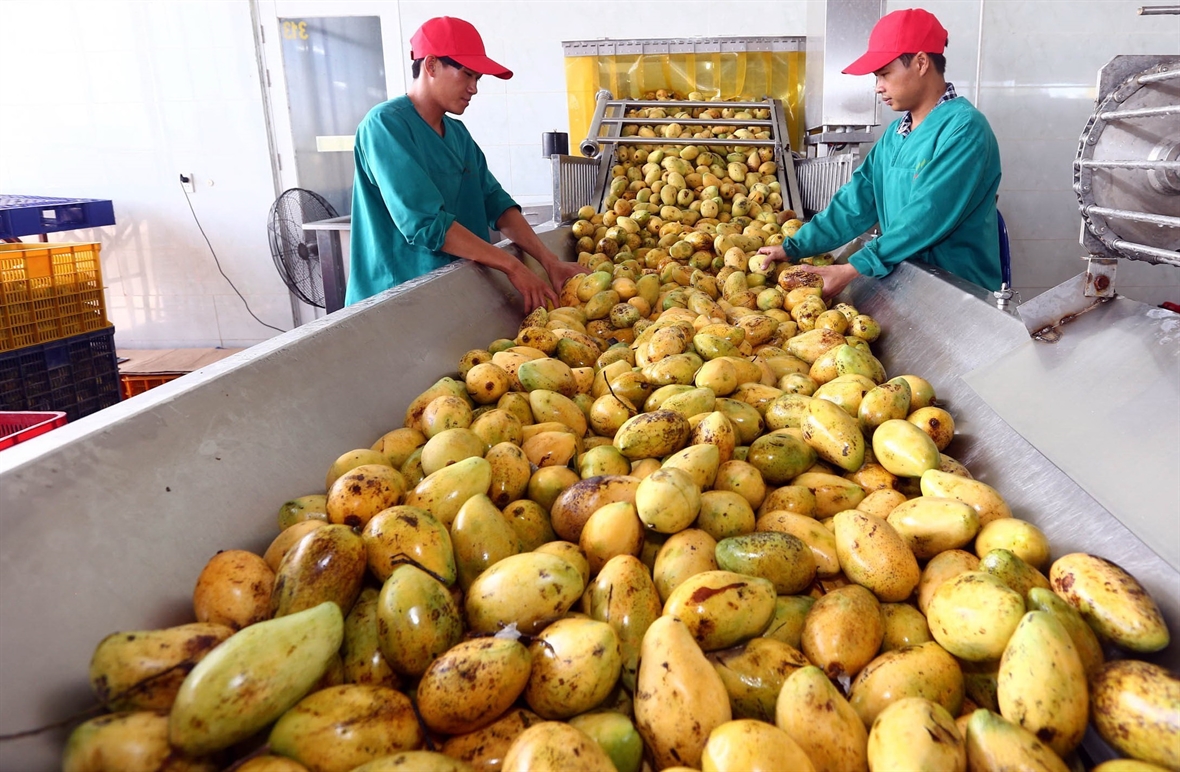
Processing mangos for export at Nafoods group. Photo: Danh Lam/VNA |
"The signing of the agreements shows Vietnam’s commitments to complying with world standards in trade, investment, human resources, environment, and sustainable development."
Dr. Chu Hoang Long, senior lecturer, Crawford School of Public Policy, Australian National University (ANU)
|
The EVIPA marked a notable advance in preventing, curbing and settling disputes between the State and investors compared to other investment protection deals that Vietnam has already signed with EU member nations. The agreement provides more detailed and clearer commitments to ensure the consistent interpretation and application of its provisions to prevent disputes and increase transparency in dispute settlement.
The EVIPA is expected to help Vietnam build a transparent investment environment and consequently attract more investors from the EU and other countries.
Story: VNP - Photos: VNA